Introductory text and reviews by Claudia Praolini
UBIK is a selection of short films in which authors experiment new narrative systems.
B – I was starting to think you’d never call me.
J – I had some problems.
B – There are too many people here. Try not to look my way and just read the newspaper.
J – Don’t worry. Tell me about the machine, how are things going?
B – The machine’s ready, it’s just a matter of hours.
J – I don’t believe it, I left them a year ago with a lot of stuff to fix. Excessive absorption problems, latencies…
B – Latencies? It’s been a while since they fixed that, they fixed it with the condenser in Honk Kong and now it’s ready.
J – What does Evans say?
B – Evans says you deserve it, that he can’t wait to push that button.
J – Evans is crazy.
B – Crazy or not, in a couple of hours this city won’t exist anymore, or at least not the way we see it right now. And you’ll be dead by this evening, or you’ll become something else, something that has yet to be named…
J – …
B – What are you going to do now?
J – I think I’ll have a Martini.
B – Good bye
J – Good bye
Is it possible to transform reality into an image, dreams into memories, fascination into representation? We are not sure about it, but if somebody out there wanted to give it a try, they could start from here, choosing UBIK as the starting line (and the finish line, too) for their research, a perfect system to test one’s visual machine.
The selected shorts
by Claudia Praolini – Concorto Film Festival
CONDRONG by Gonçalo Almeida, UK, 2016
THE DOCKWORKER’S DREAM by Bill Morrison, Portugal, 2016
ELLE, LA MAISON ET LE CHAT (She, the house and the cat) by Sofía Géldrez, France/Chile, 2017
FOR REAL THO by Baptist Penetticobra, France, 2016
KITTEN INSTINCT by Liesbeth Eeckman, Belgium, 2016
UPDATING DEATH by Carsten Aschmann, Germany/UK, 2017
CONDRONG – Gonçalo Almeida
This short documentary is set in Gambia. Even if we’re dealing with a country with extremely vivid colours, Almeida has chosen a strong black and white to tell his story, a choice that from the beginning conjures a disquieting atmosphere. In this short we are looking for the Condrong through tales and face-to-face meetings in real life. One of the very first frames tells us what the Condrong is: “Not a human being and not a demon; it is a creature of God”. The quest brings us in the most magical and mysterious part of Africa, a part wholly connected with Nature and breeder of beliefs that have survived even today. Notwithstanding the fact that the Gambian population is 94% Islamic and 5% Christian, these great religions did not success in diminishing the power of a mythological universe made of spirits and demons that, still today, haunt the nights of these people.
THE DOCKWORKER’S DREAM – Bill Morrison
Bill Morrison, the director of this short, has made the archive his hallmark and the source of his inspiration, by realising a series of films characterized by a smart editing of archive images together with scores composed by relevant contemporary music composers. In this movie, Morrison has used Kurt Wagner music (Lampchop) and in particular the track “The Hustle” from the album “Flotus”; a rhythmic and minimal sound and a voice full of nostalgia accompany the images that run in front of us. These pictures come entirely from the Cinemateca Portuguesa and show us women and men working with their hands, in times when hands shaped the world. The factory sequences show us how this world is about to end, with new machines and new rhythms to measure the time. Everywhere we see the sea (or is it a river?) because water, ships and full-wind sails cannot be left out of a dockworker’s dream. But in dreams, as we know, associations are bizarre; therefore, we are not a bit surprised by the sudden appearance of a zebra in a safari trip, and her mad run in the savanna.
ELLE, LA MAISON ET LE CHAT (She, the house and the cat) – Sofía Géldrez
We are never going to see the protagonist of this short, we will know her only by her voice as she tells us her life, or what remains of it, as if in a diary. The camera reflects her gaze as she watches the windows, the garden, the rooms of her house looking for a last contact with the world. Her name is Valentina. White dominates this movie, the first and last frames show us an empty house as if it were an abandoned temple; the God who once inhabited this place is here no more. We look at this house and inevitably we think about all the missing things: colours, objects, remembrances, voices. This movie reminds us the importance of human relations and of the heritage we will leave behind us, in the world. If it’s true, as Valentina says that “l’amour est plus fort que la mort” [love is stronger than death], the legitimate heirs will be those who will protect the genius loci; the others will be forever distant, and foreign.
FOR REAL THO – Baptist Penetticobra
Baptist Penetticobra must be a real prankster because in this short (his 2014 project-diploma in video and photography) shows us he has already mastered all the tools you need when you want to do a film about cinema. And Baptist must really love and hate cinema because he decides to mock it with no shame, and by doing this he mocks himself, all of us and the entire Millennials generation. Baptist shows no fear nor subordination in front of the medium, Cinema is spoiled of all the authority it has and becomes a mere recorder of images, one of the tools technology has provided us with to capture reality. And we are not even dealing with a meta-cinematographic product, the director does not focus on analysing the process of film-creation, it is a mere representation of characters that most of all ask themselves the reason of their existence.
“You’re just watching pixels and pixels aren’t even real, or are they?”
KITTEN INSTINCT – Liesbeth Eeckman
The young animation-director Liesbeth Eeckman conjures up a story set in the late Cretaceous with a Tirannosaurus Rex as a protagonist. Our dear T-Rex lives a daily routine determined by his role in evolution: he hunts the preys, he slaughters them, he hides them in his haven, he devours the bodies and he sleeps soundly. All this until a powerful and mysterious entity enters in his life: a sinuous black cat appears in his dreams and shows him – as in an ancestral rite – the gestures proper to cattitude, the keys of a world permeated by wisdom and magic. The Kitten is far far away and it cannot (nor wishes) to do anything to save the poor T-Rex from desert, drought, failure. As Cat Scriptures say, only on the approaching of Death the Kitten will arrive to cuddle for the last time at the T-Rex side, as a fluffy hairy ball, while Death will sweetly close the eyes of the great dinosaur. A touching and ironic tale on the mystic of evolution.
UPDATING DEATH – Carsten Aschmann
We are facing a vertiginous and unsettling performance. Carsten Aschmann builds up a perfectly calibrated machine with Philip Seymour Hoffman, Heath Ledger and Paul Walker at the very heart of it. The fragmented sequences of the movies that saw them as protagonists determine the pace of this celebration machinery, composed by repetition and duplication, made real by the death of the three actors. Acclaimed actors in life, Hoffman, Ledger and Walker become huge dead simulacra, golems trapped in a pitiless device that, as in a Ludovico Treatment, unveils us the river of lies that flows underneath the (millimetric) thickness of film. The editing draws links between the three actors, closed in a claustrophobic celluloid limbo; it is wraith world, and no indulgence, no empathy is possible. This is a film about Cinema, a film about Death.


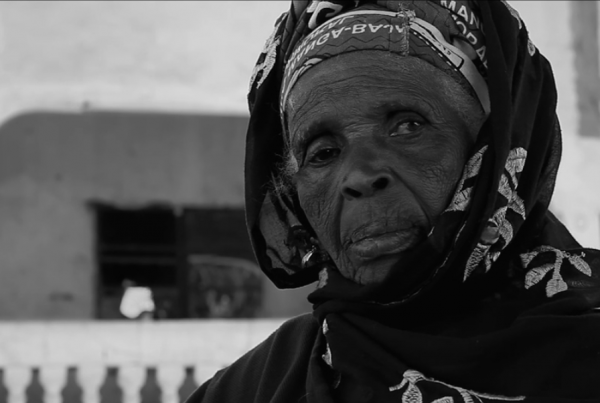
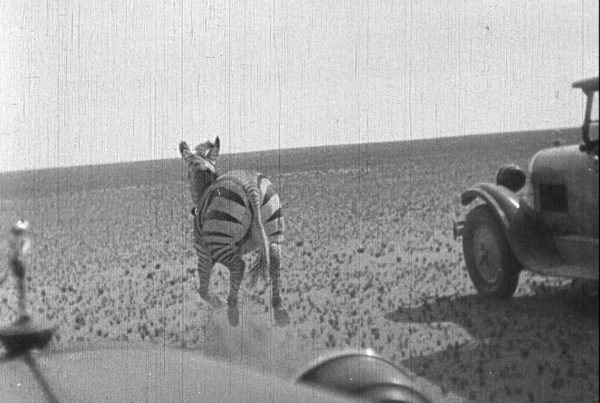
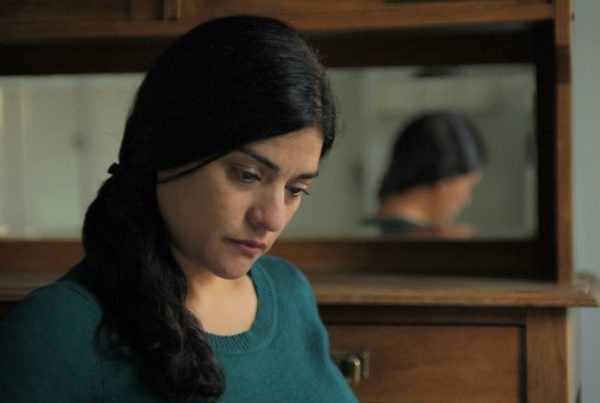



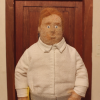
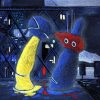




Commenti recenti